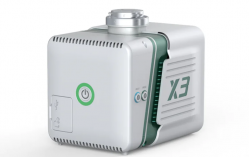Sản phẩm mới
Giới thiệu công ty
Hơn 20 năm qua, Oe-Galaxy là nhà cung cấp, thiết kế và sản xuất hàng đầu cả nước về sản phẩm và công nghệ giáo dục đào tạo và công nghiệp.Chúng tôi cung cấp sản phẩm tới khách hàng thuộc các lĩnh vực Điện, Điện tử, Công nghệ nhúng, thiết kế IC, Ôtô, Công cụ máy, Tự động hóa, Cơ điện tử, Robốt và Đo lường.
Xem thêm



















